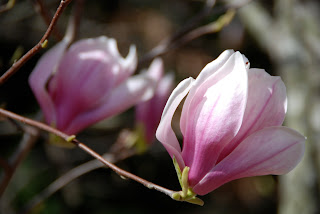George Gershwin
1898- 1937
Rhapsody in Blue was commissioned by jazz band leader Paul Whiteman who would premiere the piece in a concert entitled An Experiment in Modern Music. Although hestitant, Gershwin was eventually persuaded to write the piece, and with only five weeks left until the concert, he began composing the piece on his train journey to Boston. He told his biographer Isaac Goldberg in 1931:
“It was on the train, with its steely rhythms, its rattle-ty bang, that is often so stimulating to a composer – I frequently hear music in the very heart of the noise…And there I suddenly heard, and even saw on paper – the complete construction of the Rhapsody, from beginning to end. No new themes came to me, but I worked on the thematic material already in my mind and tried to conceive the composition as a whole. I heard it as a sort of musical kaleidoscope of America, of our vast melting pot, of our unduplicated national pep, of our blues, our metropolitan madness. By the time I reached Boston, I had a definite plot of the piece, as distinguished from its actual substance.” (Wikipedia)
The original title of Gershwin’s piece was “American Rhapsody”. The title Rhapsody in Blue was suggested by his brother, Ira Gershwin, after his visit to a gallery exhibition of James McNeill Whistler paintings, which bear titles such as Nocturne in Black and Gold: The Falling Rocket and Arrangement in Gray and Black (better known as Whistler’s Mother).
Arrangement in Gray and Black
by James McNeill Whistler
After the piece premiered on February 12, 1924, it came under mixed reviews. A comment from the New York Tribune on February 13, 1924 called the harmonic treatment “sentimental and vapid under its disguise of fussy and futile counterpoint!” (Ouch!) Other critics didn’t like the way he glued his melodic segments together into one piece.
In 1955, Leonard Bernstein, who admitted that he loved the piece wrote:
“The Rhapsody is not a composition at all. It’s a string of separate paragraphs stuck together. The themes are terrific – inspired, God-given. I don’t think there has been such an inspired melodist on this earth since Tchaikovsky…”
I, myself, loved the vapid sentimental parts (found around minute 10) and especially its famous opening: the seductive wail of the clarinet.
Kid Critique:
Samuel: Sounds like something you would hear in a black and white movie. This is the best one yet!
Anna: Sounds like a New Orleans Celebration!
Arielle: It sounds like an old-fashioned band.
Ella: I love it! It feels like I’ve been to the circus!




































